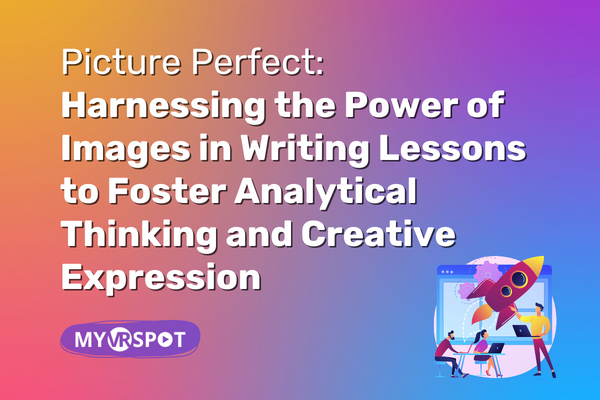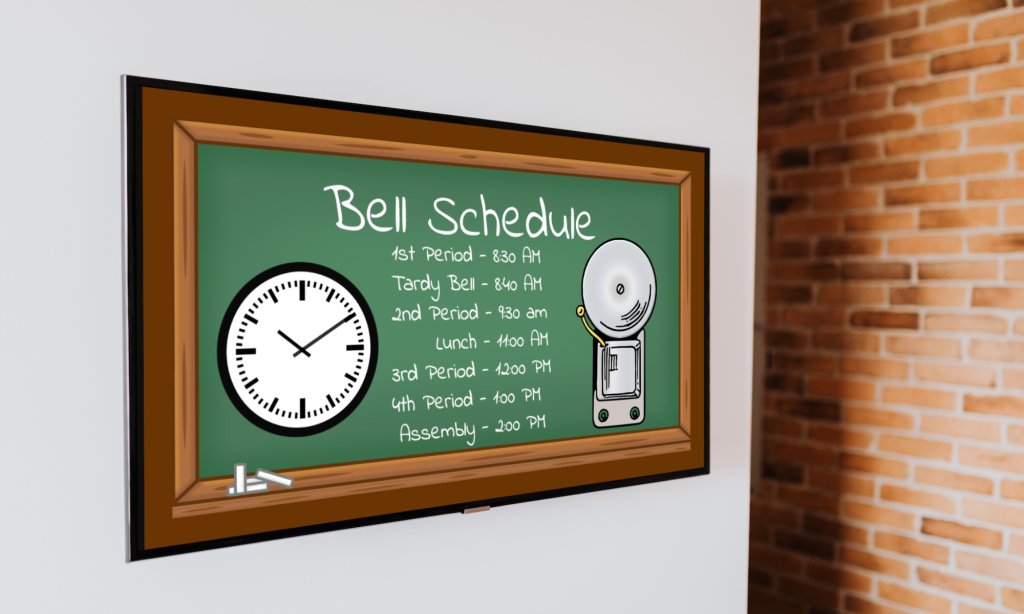
In the realm of education, the fusion of visual elements with traditional teaching methods has become increasingly recognized as a compelling strategy to enhance student engagement and learning outcomes. One particularly effective approach is incorporating images into writing lessons. This not only stimulates students’ analytical thinking but also serves as a powerful catalyst for inspiring written responses. Let’s explore how the integration of images can transform the writing classroom into a dynamic space for both critical thinking and creative expression.
Visual Literacy and Analytical Thinking
The ability to analyze visual information is an essential skill in today’s media-centric world. Introducing images into writing lessons helps students develop visual literacy — the capacity to interpret and derive meaning from visual content. Analyzing images encourages students to observe details, identify patterns, make connections, and generate their own questions, all fostering critical thinking skills that extend beyond the visual realm.
Prompting Observations and Descriptive Writing
By providing images to serve as prompts for descriptive writing students are encouraged to closely examine the details within an image, and prompted to articulate observations, emotions, and reactions. This process not only sharpens their descriptive writing skills but also deepens their ability to communicate nuanced ideas through language.
Stimulating Creativity and Imagination
Visual stimuli have a profound impact on sparking creativity and imagination. By presenting evocative images, educators can inspire students to think beyond the obvious and delve into the realms of imagination. Creative writing exercises prompted by images allow students to explore narrative possibilities and character development, helping foster a love for storytelling.
Building Narrative and Sequencing Skills
Images can also be used to teach the importance of sequencing and constructing a narrative. Asking students to create or write a story line by providing them with a series of images to arrange in a logical order, or providing a teacher created visual story, is a great option to build out narrative and sequencing skills. This process not only enhances storytelling abilities but also reinforces the concept of chronological order, a fundamental aspect of narrative writing.
Cultivating Empathy and Perspective-Taking
Images often capture moments of human experience, providing a window into diverse perspectives and cultures. By incorporating images that depict different scenarios, cultures, and emotions, educators can promote empathy and perspective-taking. Writing responses to such images encourages students to step into the shoes of others, developing a broader understanding of the world.
Facilitating Classroom Discussions
Images can serve as conversation starters, prompting thoughtful discussions in the classroom. Engaging students in group discussions about an image before they begin writing allows them to articulate their thoughts, hear diverse perspectives, and refine their ideas collaboratively.
Utilizing Technology for Image-Based Writing
Leverage technology to introduce a variety of images into your writing lessons. MyVRSpot provides several tools to assist with image-based writing. Whether you are wanting to create your own unique images from scratch using their Image Creator, or prefer to access their existing K12 Image Collections, their platform allows for sharing those images with prompts to encourage student responses. This not only enhances technological literacy but also adds an interactive and dynamic element to the learning process.
Incorporating images into writing lessons is a versatile and effective strategy that engages students in the writing process while honing critical thinking and creative expression. By embracing the visual aspect of learning, educators can create a dynamic and inspiring environment that prepares students for success in the 21st century, where effective communication and analytical thinking are paramount. So, let the images speak, and watch as your students’ writing flourishes with newfound depth and creativity.





